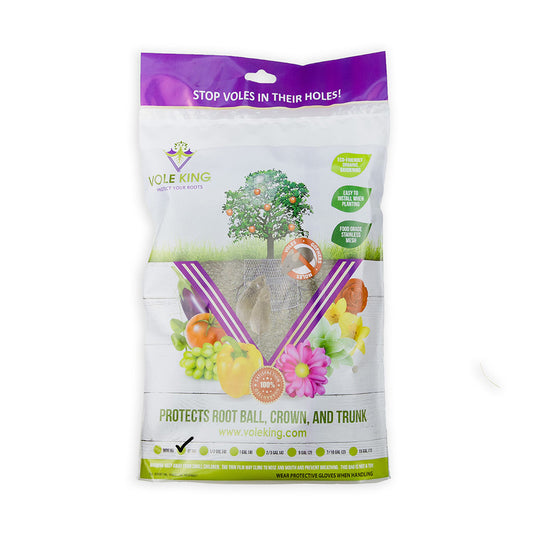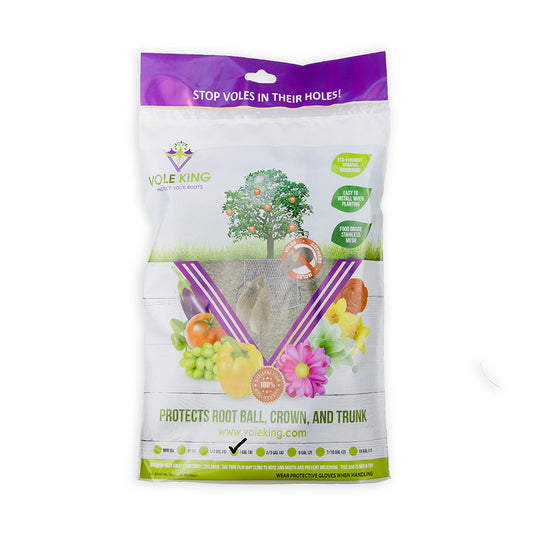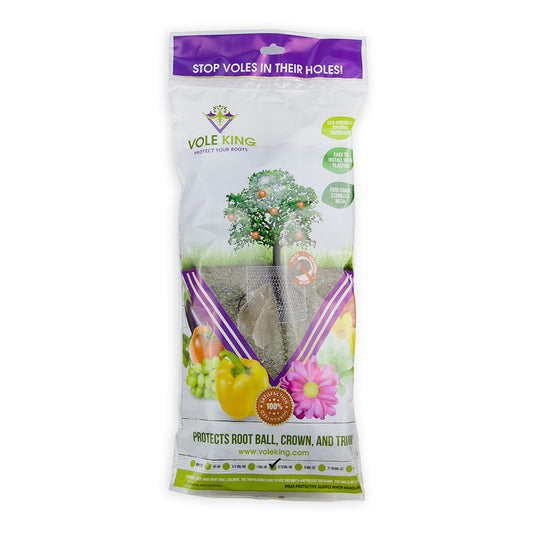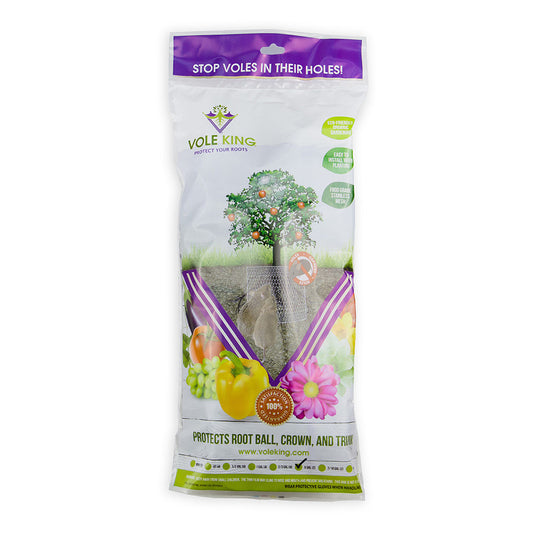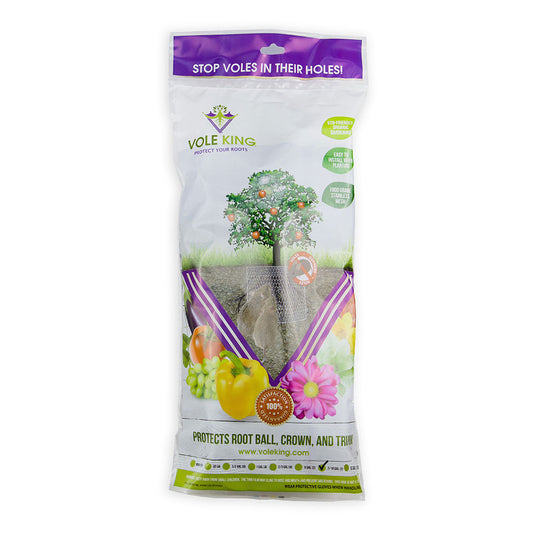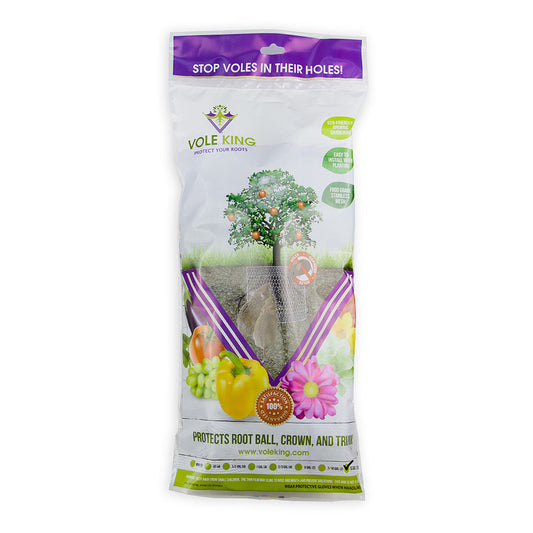
Preparing Your Garden for Winter
Share
As the crisp Fall air turns colder, before Jack Frost starts nipping at your nose, it’s time to think about preparing our gardens and landscapes for winter. As tempting as it is to leave everything alone and deal with it later (as in Spring, we know what you’re thinking!), a few well spent hours now can save a tremendous amount of time later, and yield even better results for next Summer’s harvest. Here are 6 key actions to take now to ensure future success.
- Clear Out Diseased or Pest-Infested Plants
The most important thing to do is get any plant that showed signs of disease, fungus, or pests during the growing season out of your garden. Remove the plant(s) completely, digging up the roots, and burn them or dispose of them with your yard waste. DO NOT compost these plants. Leaving them all winter is an invitation to let pests and disease overwinter in your garden, which will create even bigger problems next season! Don’t give those nasty squash bugs an edge - Yikes! Spring should be a fresh start, not a carry over of last year’s problems. Be sure to clean your pruners and other tools carefully afterward so as not to spread disease!
Spent healthy vegetable plants can be left to decompose into the soil, adding nutrients for next season, or mixed in with your compost.
2. Remove Invasive Weeds
Just like we don’t want a repeat of pests or disease, we don’t want those pesky weeds coming back next year either! Dig them up to get them by the roots, then put them in the trash, burn them, smother them with a tarp - make sure they’re dead so they don’t make a reappearance next season! Putting them in the compost or weed pile is not enough, you want them off your property.
3. Prepare Your Soil for Spring
Late Fall is the BEST time of year to add soil amendments, such as compost, manure, or organic fertilizers. This gives them time to break down and become active before Spring plantings...if you wait until Spring to add these, you miss out on a lot of the benefits! A soil test is a great way to see what your soil might be lacking. This is easily done by dropping off a soil sample at your local extension office, or you can buy a kit at a garden center or home improvement store to test at home yourself.
4. Cover Your Soil
Once your soil is amended, add a couple of inches of mulch on top to prevent winter rains from washing your hard work and nutrients away. Mulching has many year round benefits, such as retaining moisture in the soil, protecting from erosion, and preventing weeds. Additionally, in the winter, mulch keeps the soil warmer, and provides a buffer against hard frosts. As mulch breaks down, it adds organic matter to your soil. Spread your mulch before the ground freezes, and not just over your freshly prepared soil, put a new layer down over all of your existing landscape beds as well.
If mulch isn’t your thing, or you have a very large area to cover, planting a cover crop, such as clover or rye grass, will also do the trick. Cover crops can help prevent soil erosion, increase organic matter in your garden bed, and add nutrients to your soil, as it slowly breaks down over winter. Using legumes as your cover crop, such as clover or field peas, can increase the level of nitrogen in your soil, which is especially beneficial for growing garden veggies. The general rule is to plant a cover crop at least one month before the first frost, so that it has time for roots to get established before the freeze.
5. Go Easy on the Pruning!
Although it’s tempting once all those gorgeous blooms or colorful leaves are gone, most plants don’t love Fall pruning! Many do best when they’re cut back in the Spring, as pruning prepares for and invites new growth, which winter will kill. Don’t even think about touching your azaleas, viburnum, loropetalum, lilac, or dogwoods. Perennials with seed heads, such as coneflower and black-eyed susan, should be left alone too, as they provide easy meals for overwintering birds.
What should you cut back in the Fall? Stick with Spring/Summer flowering plants, only after they have stopped flowering over the Fall/Winter. Some examples incluse rose bushes, daylilies, salvia, bellflowers, lilies, and bearded iris. These plants form buds on new growth next season, not on the old growth of last season. You should also cut back any mildew prone plants, such as phlox and bee balm, and hostas, as slugs & other pests like to overwinter in them. Remember to burn or trash anything with disease, never compost. It’s also a great time of year to prune dead limbs off of trees, before the snow and ice come and pull them down.
6. Protect Young Trees
Voles, Gophers, and other rodents love to gnaw on the thin bark at the base of young trees for winter sustenance. Especially under the cover of snow, you won’t even know they've been there until it’s too late! This causes girdling, which can impact tree growth and overall health, if it doesn’t kill it entirely. If you’ve been following Vole King for a while, you’ve probably already planted your new trees with Vole King wire mesh baskets, and you have nothing to worry about - yay! But if we’re just getting acquainted, don’t worry, there’s still hope! Using our Vole King wire mesh rolls (any size between 6” and 24” will work), wrap the base of the trunk a few times, cut off the excess, and squeeze on with your hands. Repeat for all the young trees on your property, and your investment is protected!
A little work now will allow you to reap the benefits of a healthy garden and landscape next year. We can’t wait to see pictures! Be sure to follow us on Facebook and Instagram (@vole__king) for more gardening tips! Did you know we have a YouTube channel? Check out our “How To” videos and be sure to subscribe!
Thanks for reading, and Happy Planting!

